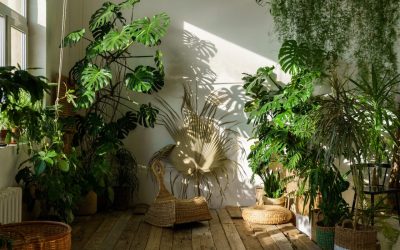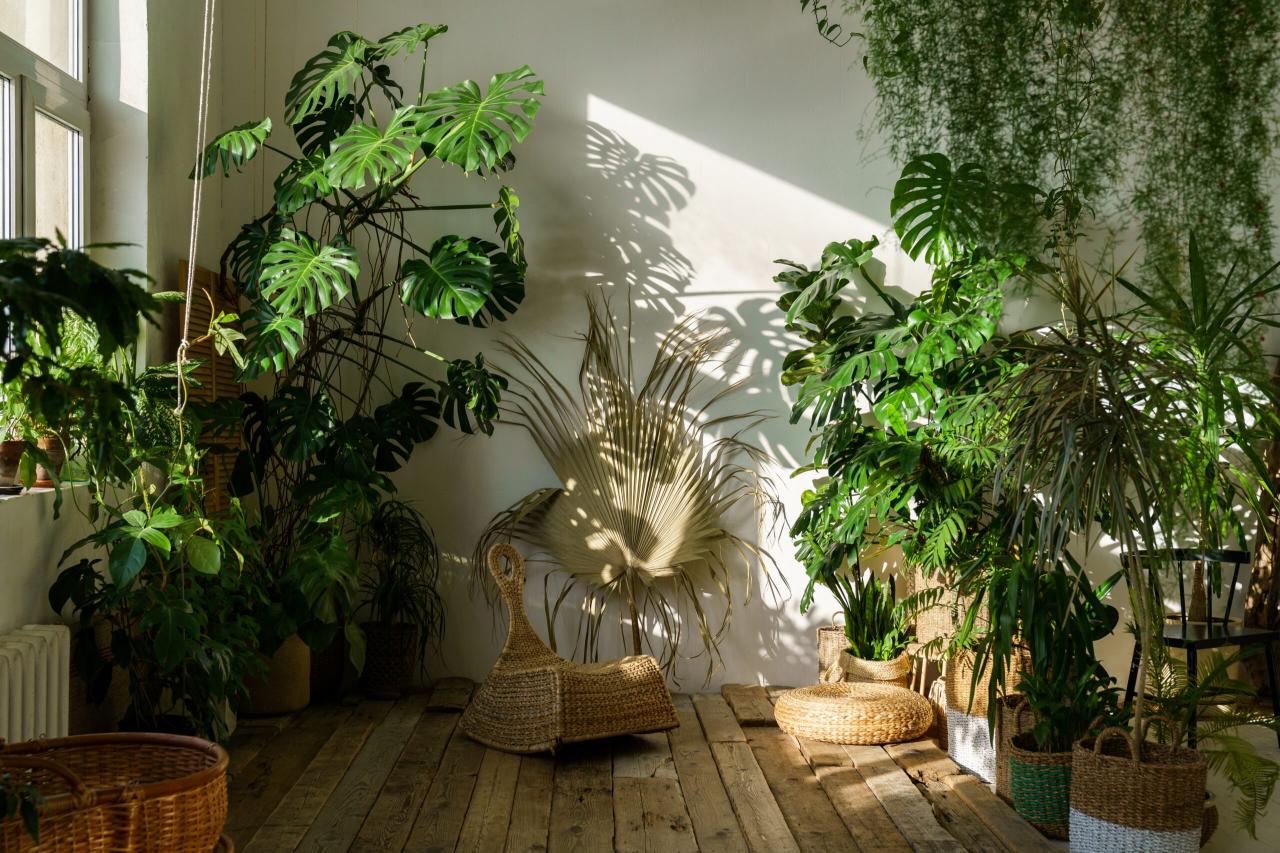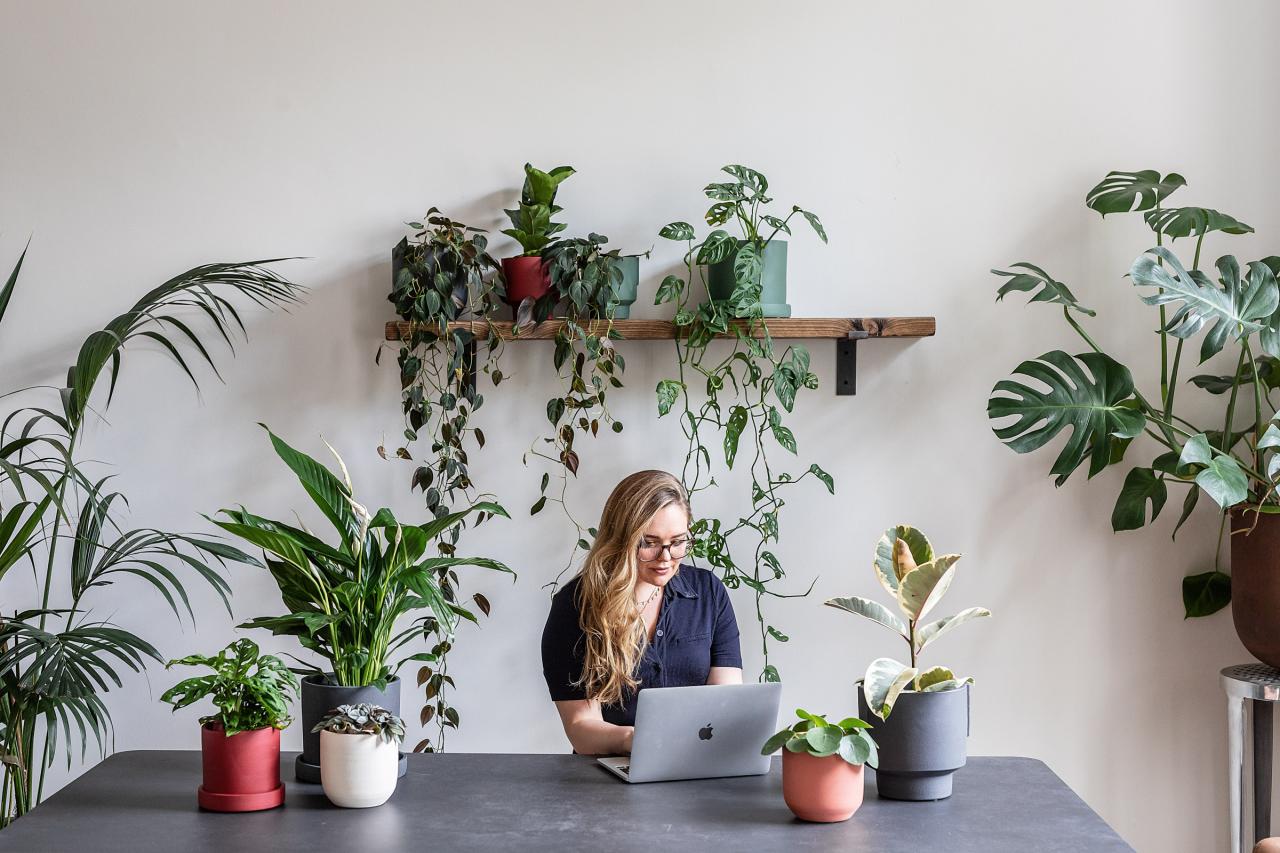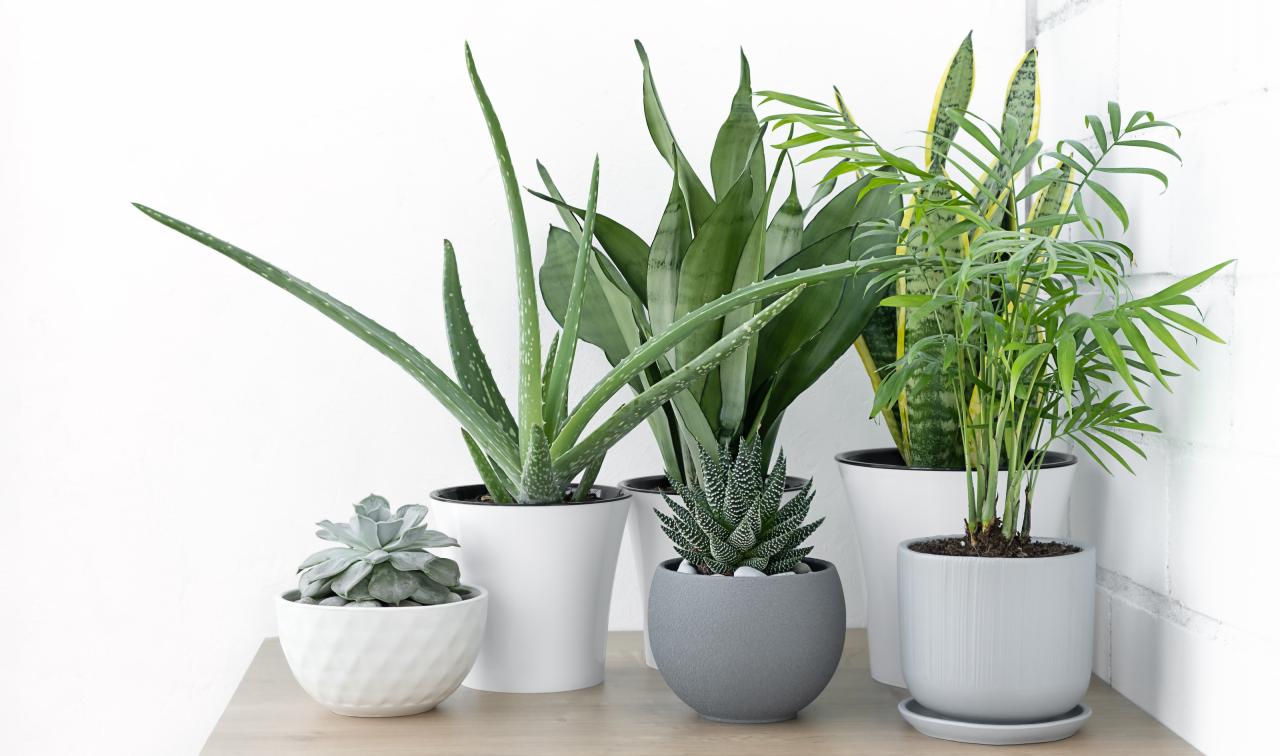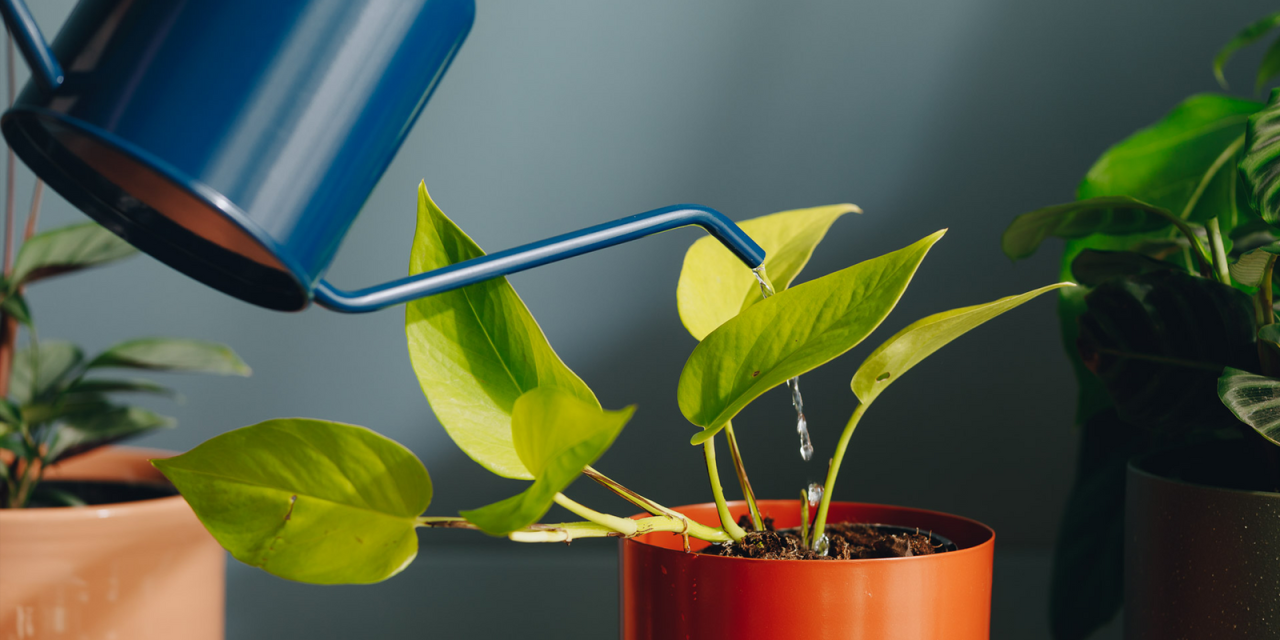Inside Out: Embracing Wellness Through Indoor Plants
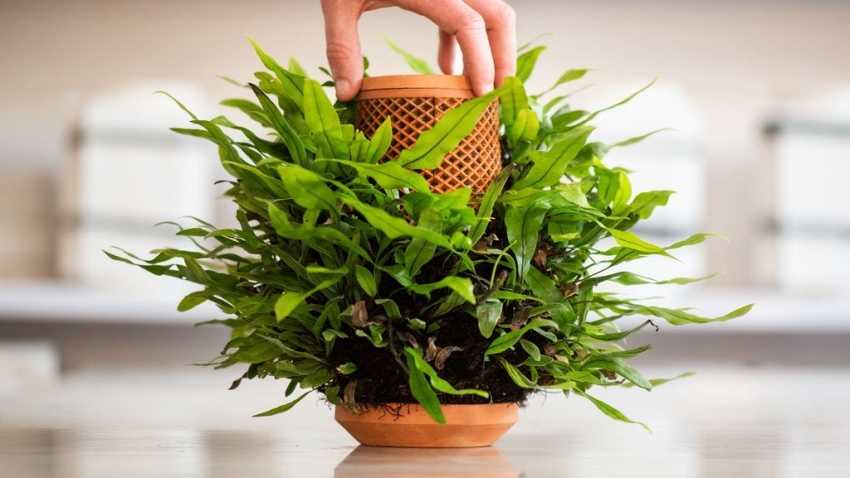
In the modern pursuit of wellness and balance, the embrace of indoor plants emerges as a transformative practice, fostering not only aesthetic beauty but also nurturing a holistic sense of well-being within our homes. These green companions, more than mere decorations, serve as catalysts for a healthier and more harmonious lifestyle.
1. Air Purification and Respiratory Health:
Indoor plants act as nature’s air purifiers, filtering out toxins and pollutants, and releasing oxygen into the air. Their presence contributes to cleaner indoor air, promoting better respiratory health and reducing the risk of respiratory issues.
2. Stress Reduction and Mental Well-being:
Surrounding ourselves with indoor plants has a calming effect on the mind. Studies suggest that the sight of greenery can alleviate stress, reduce anxiety, and enhance overall mental well-being, fostering a serene and peaceful atmosphere at home.
3. Connection with Nature:
Indoor plants bridge the gap between the indoors and the natural world. Cultivating these green allies within our living spaces fosters a deeper connection with nature, nurturing a sense of grounding and tranquility amidst our modern, fast-paced lives.
4. Boosting Productivity and Creativity:
The presence of indoor plants in workspaces or study areas has been linked to increased productivity and creativity. Their soothing influence enhances focus and concentration, promoting a conducive environment for learning, working, and creative endeavors.
5. Healing and Therapeutic Effects:
The act of caring for indoor plants is therapeutic. Engaging in gardening activities—watering, pruning, and nurturing—provides a sense of purpose, mindfulness, and relaxation, contributing to an overall sense of fulfillment and well-being.
6. Enhanced Sleep Quality:
Certain indoor plants, like lavender or jasmine, emit calming scents that promote relaxation and better sleep quality. Placing these plants in bedrooms can create a more tranquil environment conducive to a restful night’s sleep.
7. Biophilic Design and Emotional Comfort:
Incorporating indoor plants into interior design aligns with biophilic principles—our innate connection with nature. Their presence adds warmth, texture, and emotional comfort, transforming spaces into inviting sanctuaries that promote emotional well-being.
8. Eco-friendly Living and Sustainability:
By embracing indoor plants, we embrace a more sustainable lifestyle. They contribute to environmental health by reducing carbon dioxide levels, increasing humidity, and promoting eco-friendly living practices.
Embracing wellness through indoor plants is not just a trend; it’s a conscious choice to prioritize a healthier, more balanced lifestyle. As we invite these botanical companions into our homes, we embark on a journey of self-care and holistic wellness, nurturing not only plants but also our own well-being from the inside out.
So, whether it’s a leafy philodendron on a shelf or a cluster of succulents on a windowsill, each indoor plant becomes a beacon of wellness—a vibrant reminder of the transformative power of nature’s embrace within our living spaces.
